Year 3 Teaching Resources
Explore printable worksheets, digital activities, games and more Year 3 resources, all aligned to the Australian curriculum! The teacher-created resources have all been designed with primary teachers and students in mind to meet the special needs of children as they transition into the middle years of their primary school education.
Carefully curated and thoroughly reviewed by the expert teachers of the Teach Starter team to ensure they're classroom-ready, our Year 3 resources can save you lesson planning time this school year with editable and differentiated options at the ready.
Teach Starter’s Year 3 resources utilise a vast array of resource types and have something for every learning area. Here's just a taste of what you'll find for your classroom!
- Spelling words and English worksheets
- Fractions activities and Maths worksheets
- Social and emotional learning activities
- Narrative writing stimuli
- Language conventions practice
- And so much more!
Are you new to teaching Year 3? Here's a look at what this year of primary school is all about!
What Is Year 3 in Australia?
Year 3 sits right in the middle of primary school for most students in Australia as the fourth year of compulsory education.
How Old Are Kids in Year 3?
The exact age of students will vary slightly by state (and birthday!), but most children in your Year 3 class will be 8 to 9 years old.
What Do Students Learn in Year 3?
Year 3 is a big one for Australian students. Many will sit the NAPLAN tests, and more than a few will hit double digits before the year is through. This is a big year for Maths between the introduction of more complex fractions and formal multiplication, as well as even more skill-building in other learning areas.
Exactly what they're expected to learn will depend to some degree on the state or territory where you are teaching, but here's a look at what your students can expect to encounter in the key areas of the curriculum!
English
Year 3 students continue to develop their reading, writing, speaking, and listening skills in their English lessons. Reading will involve more complex texts, including longer novels, non-fiction texts, and poetry.
Students will also be expected to analyse these texts more deeply, examining themes, character development, and literary techniques. Comprehension skill-building will require deeper analysis of texts and drawing inferences from what is read.
While Year 2 instruction focuses on basic writing skills such as sentence structure and punctuation, this older group of students will move toward more advanced writing skills such as paragraphing, using descriptive language, and organising ideas in a logical way.
Grammar and spelling will also become a greater focus this year, with an emphasis on understanding and applying more complex grammar rules and spelling patterns.
Maths
Fractions feature front and centre of the Year 3 Maths curriculum. Students will learn to identify, compare, and order unit fractions (those being fractions with a numerator of 1), as well as use them in simple problem-solving contexts.
We already alluded to this being a big year for multiplication, and is it ever! Year 3 students learn the basic multiplication facts — such as 2 x 2 = 4 and 3 x 3 = 9 — and they begin to use these facts to solve multiplication and division problems. They also learn to interpret and create simple multiplication and division problems.
Students will have the chance to build upon their understanding of measurement concepts from Year 2, including length, mass, and capacity. They'll learn to measure and estimate using standard units, plus how to compare and order measurements.
Maths students will expand their knowledge of 2D shapes this year, and they will begin to learn about three-dimensional shapes and their properties.
Place value is still a big part of maths, of course. Year 3 students expand their understanding of place value to include numbers up to 10,000, and they learn to read, write, and compare four-digit numbers. They also learn to use place value to solve addition and subtraction problems.
Science
Science instruction in Year 3 is more focused on building a deeper understanding of scientific concepts and their applications, as compared to Year 2. It also emphasises the development of scientific inquiry skills that will help kids become more proficient in conducting scientific investigations and communicating their findings.
Students in Year 3 learn to ask questions, plan and conduct investigations, collect and record data, and communicate their findings as part of their development of science inquiry skills. They spend a portion of the year learning about the characteristics of living things, including plants and animals. Year 3 students will have the chance to explore the life cycles of plants and animals, as well as learning about the needs of living things and their habitats.
While they're learning about things that live on Earth, they're also learning about the planet itself, exploring geological features such as rocks, soil, and minerals. They also explore heat energy and how it can be transferred from one object to another.
Last, but certainly not least, Year 3 students learn about the properties and states of matter, including solids and liquids (gasses are explored later on in primary school).
Humanities and Social Sciences
Building on the foundation set in Year 2, Year 3 HAAS lessons build a deeper understanding of historical events and concepts, as well as exploring the social and economic systems that underpin Australian society.
Students learn about the historical events, people, and places that have shaped Australia's history. They explore the concept of change and continuity over time and learn to use historical sources to investigate the past. Students also study significant cultural events celebrated in our country and how they contribute to Australia's diversity and identity.
Geography instruction will guide students as they learn about the physical and cultural characteristics of places and regions. They'll learn more about the representation of Australia as states and territories, and as Countries/Places of First Nations Australians. Students will also begin exploring Australia's neighbours such as New Zealand, Papua New Guinea, and Indonesia.
Civics instruction sees Year 3 students strengthening their understanding of what it means to live in a democratic society. They will draw upon their own personal experiences to examine why rules are important and to discuss how they can be active participants in the communities to which they belong.
Health and Physical Education
With their bodies rapidly changing, Year 3 students learn about the factors that influence their health and wellbeing, including the importance of good nutrition, hygiene, and sleep. They also learn about social and emotional health, including how to manage their feelings, develop positive relationships, and make safe and healthy choices.
In Year 3, there are a number of different types of safety on tap in lessons, including road safety, water safety, and personal safety. They develop an understanding of risk and learn strategies for staying safe in different situations.
Year 3 students also learn about the importance of being active and informed citizens in their community. They learn about the benefits of volunteering and begin to develop an understanding of the responsibilities and rights of individuals in society.
The Arts
In Year 3, students develop more advanced skills in drawing, painting, and other visual arts techniques. This includes studying the elements of art — such as line, shape, colour, and texture — and beginning to use these to create more complex artworks.
In music class, these children are learning all about musical notation and how to read and write simple music, while drama instruction explores different forms of drama, including role-playing, improvisation, and scripted performance. Students get the chance to learn about the elements of drama, such as character, plot, and setting, and begin to use these to create their own dramatic works.
- Free Plan
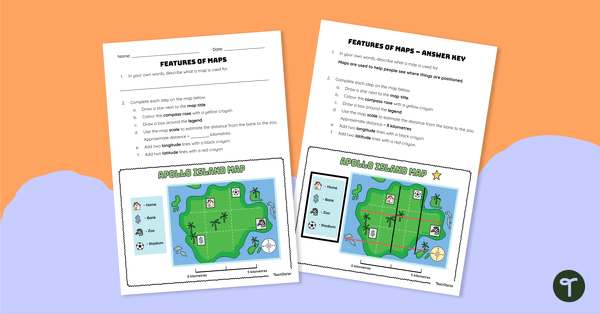
Features of Maps - Worksheet
Apply knowledge of the components of a map to this map elements worksheet.
- Plus Plan
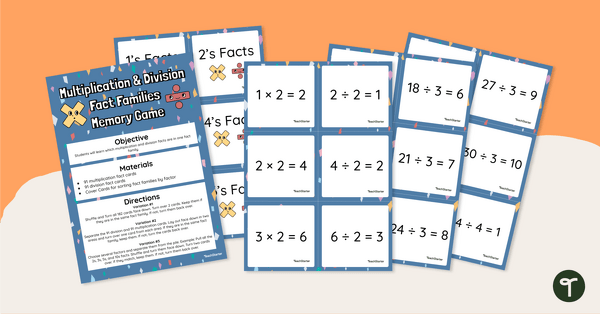
Multiplication and Division Fact Families – Memory Game
Teach multiplication and division fact families with a fun printable memory game.
- Plus Plan
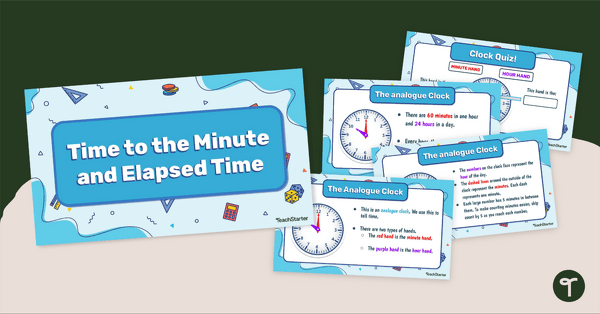
Time to the Minute and Elapsed Time – Teaching PowerPoint
Teach telling the time to the nearest minute and calculate elapsed time with this 18-slide PowerPoint for teachers.
- Plus Plan
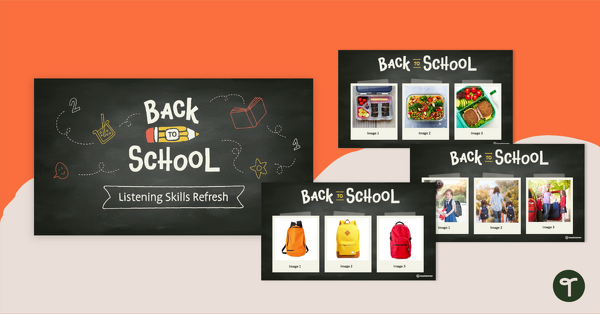
Back to School – Listening Skills Refresh PowerPoint
Refresh student listening skills with a Back to School Listening Skill activity and and script.
- Plus Plan
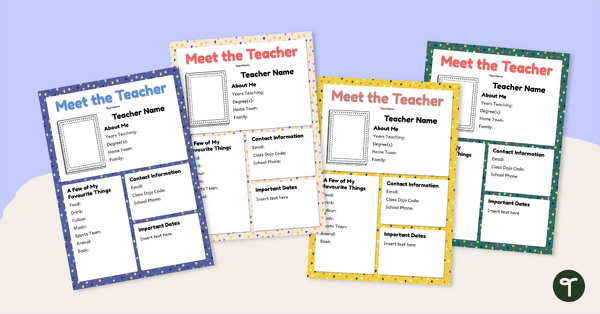
Meet The Teacher Letter - Editable Version
Use these back-to-school templates to create a letter for your new students and their families introducing yourself.
- Plus Plan
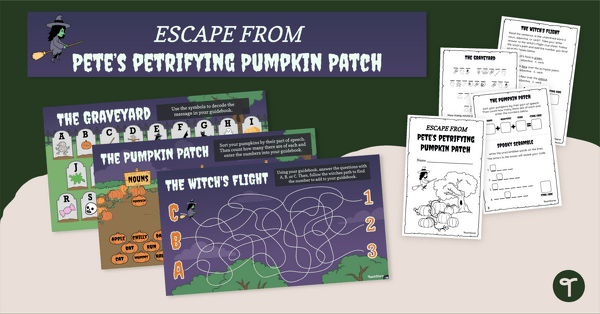
Escape from Pete's Pumpkin Patch - Halloween Escape Room
Escape the evil witch who turns children into pumpkins at Pete’s Pumpkin Patch using inferencing, problem solving, and grammar skills.
- Plus Plan
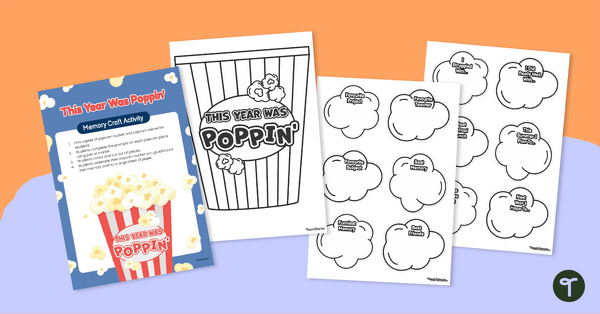
This Year was Poppin' End of Year Memory Activity
Wrap up the year with a poppin’ end-of-school-year craft for primary school students.
- Plus Plan

Australian Animals Mindfulness Bookmarks
Let these cute Australian animals keep track of your page with these mindfulness colouring bookmarks.
- Plus Plan
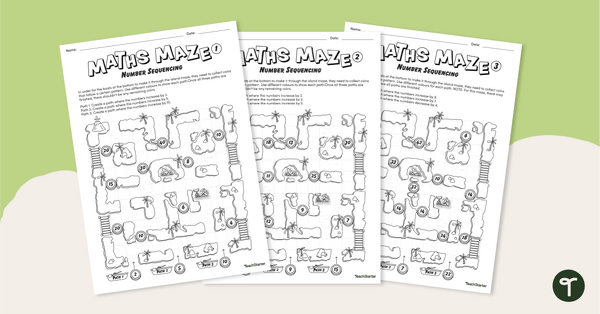
Maths Mazes (Number Sequencing)
Skip count your way through these mazes that focus on number sequencing.
- Free Plan
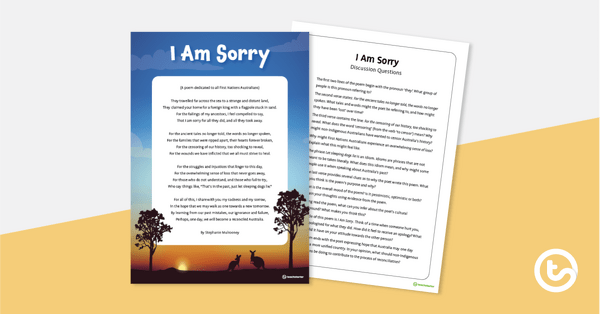
I Am Sorry – Poem and Discussion Questions
A poem to promote thoughtful discussion around issues of reconciliation on National Sorry Day.
- Plus Plan

Multiplication and Division Speed Drill Worksheets – Facts of 4
A set of worksheets to help students develop fast and accurate recall of the four times tables.
- Plus Plan
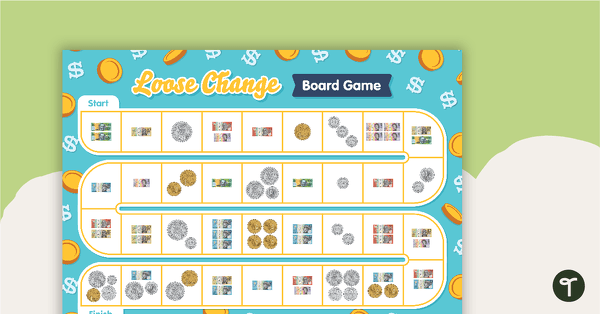
Loose Change (Coins and Notes) – Board Game
A board game to encourage students to learn about Australian coins and notes.
- Plus Plan
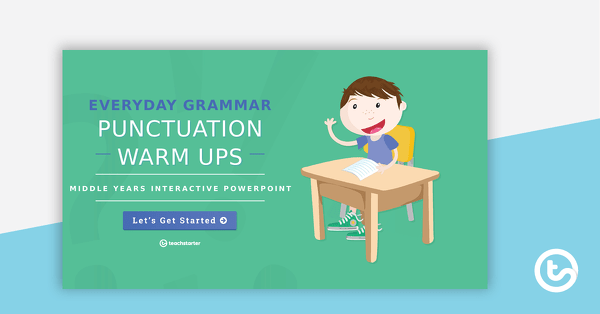
Everyday Grammar Punctuation Warm Ups - Middle Years Interactive PowerPoint
An engaging 44 slide interactive PowerPoint to use in the middle years classroom when learning about grammar and punctuation.
- Free Plan
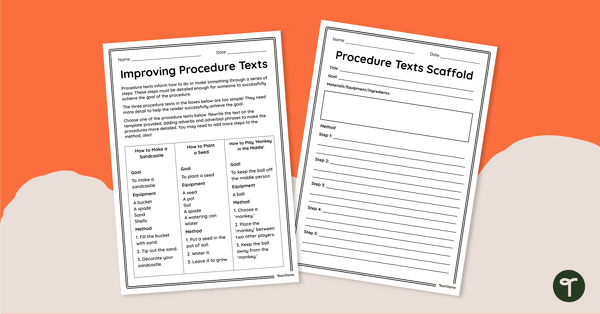
Bumping-Up Procedure Texts Worksheet
Download these procedural writing worksheets to get your students bumping-up some simple procedure texts.
- Plus Plan
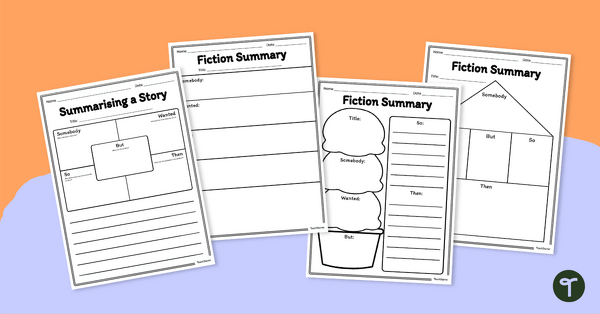
Summarising a Story Graphic Organisers
Use these graphic organisers to help students when summarising a story.
- Free Plan
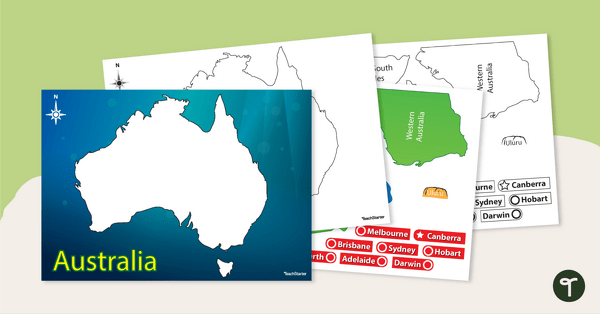
Australian Map Puzzle
Help your students build understanding of the map of Australia with this interactive game.
- Plus Plan
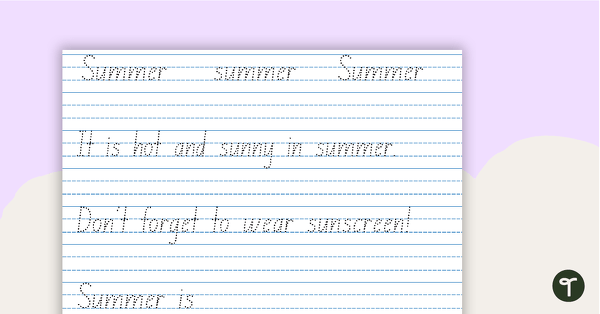
Season Handwriting Sheets
Handwriting sheets about the seasons.
- Plus Plan

How To Make Pancakes – Procedural Writing Activity
Get your students writing a procedure for their favourite breakfast foods with this example procedure text and writing scaffold.
- Plus Plan
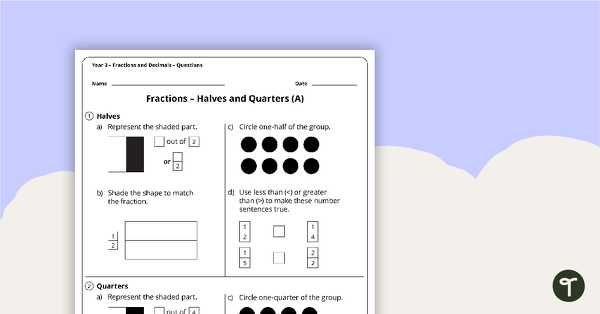
Fractions and Decimals Worksheets - Year 3
4 fractions and decimals worksheets linked to the Australian Curriculum.
- Plus Plan
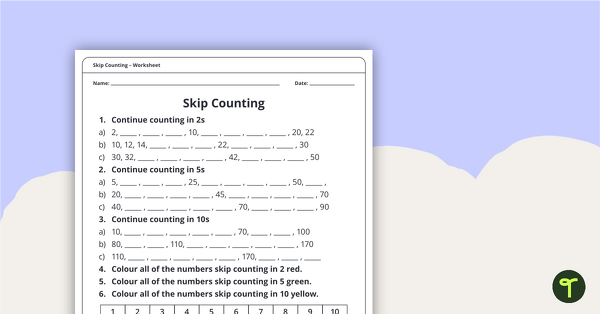
Skip Counting Worksheet
A worksheet focusing on skip counting and number patterns.
- Free Plan
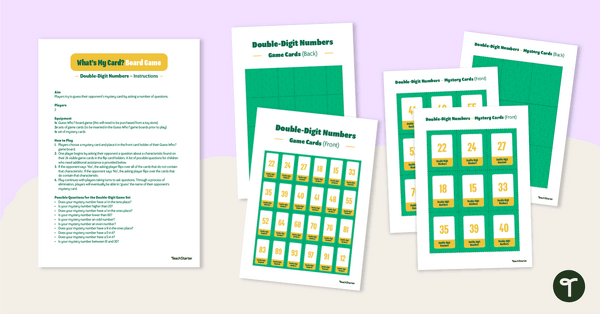
What's My Card? Double-Digit Board Game
Guess the mystery 2 digit numbers by asking your opponent a series of elimination questions.
- Plus Plan
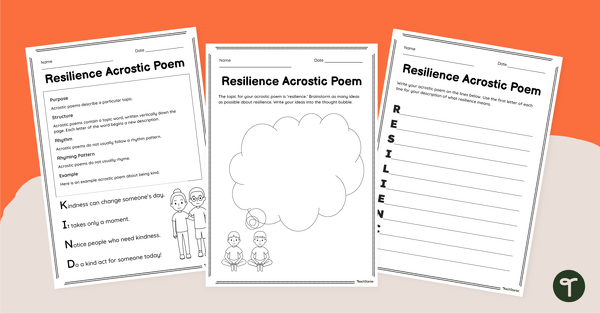
Resilience Acrostic Poem Worksheet
Have students write a resilience poem to help them understand the meaning of this crucial social-emotional skill.
- Plus Plan
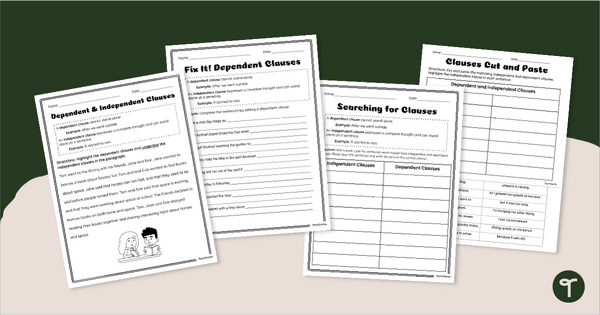
Independent and Dependent Clauses Worksheet Pack
Introduce the concept of independent and dependent clauses with a set of printable sentence structure worksheets.
- Plus Plan
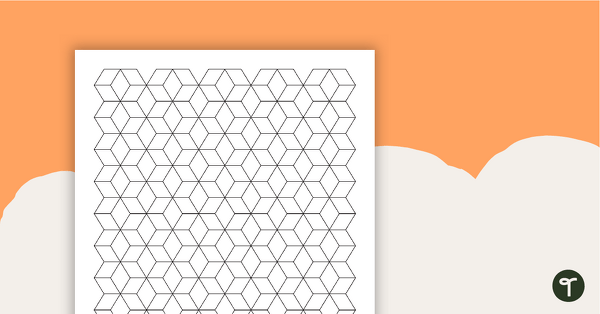
Tessellation Colouring Sheets
A set of 5 black and white tessellation shape colouring sheets.
- Plus Plan
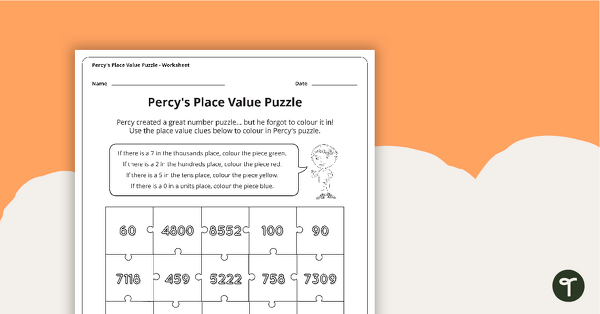
Percy's Place Value Puzzle
A worksheet to use to consolidate student understanding of place value to the thousands.
- Plus Plan
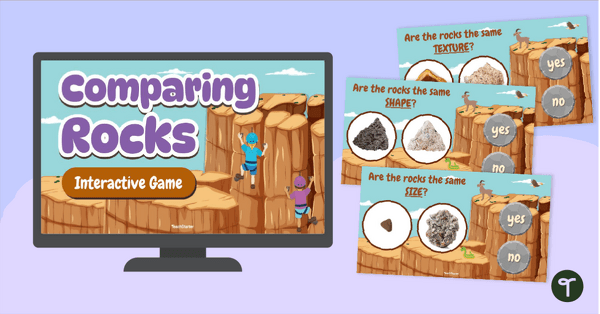
Comparing and Observing Properties of Rocks Game
Practise comparing the physical properties of rocks with an interactive Comparing Rocks Game for early years students.
- Plus Plan
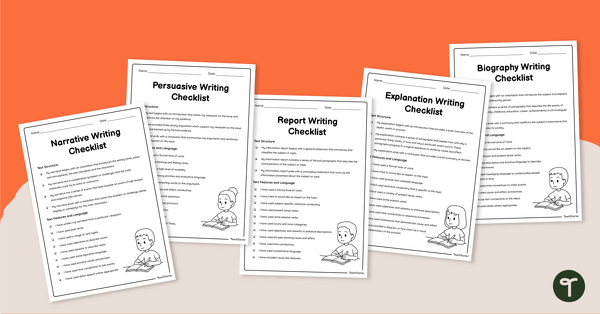
Editing and Revising Checklist Pack
Download this editing and revising checklist pack to support your students when revising and editing their written work.
- Plus Plan
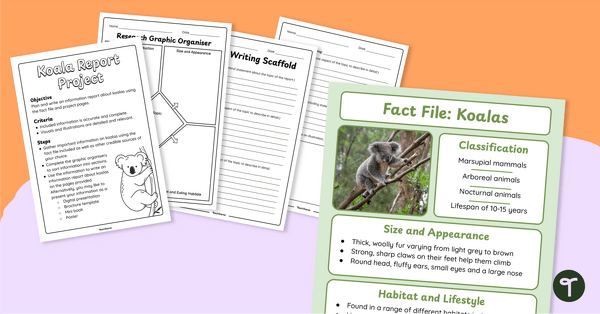
Koala Information Report – Writing Project
Get your students writing a koala information report using this age-appropriate fact file and writing scaffold.
- Plus Plan
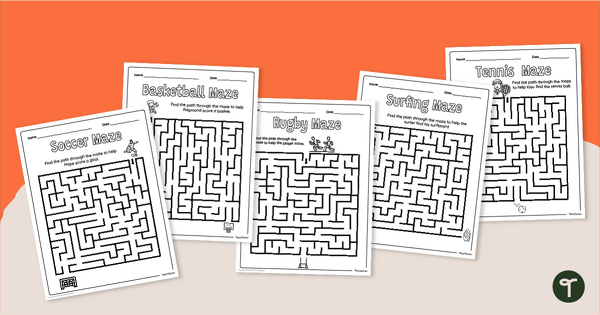
Sport Maze Worksheets
Give your students a much-needed brain break with a set of printable Sport Mazes for kids!
- Plus Plan
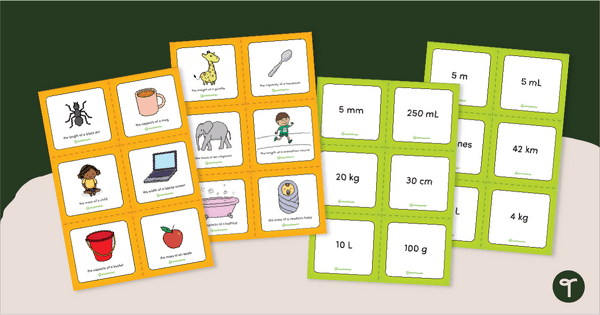
How Much Does It Measure? Match-Up Activity (Length, Mass and Capacity)
Reinforce measurement concepts of length, mass and capacity with 18 printable matching cards.
- Plus Plan
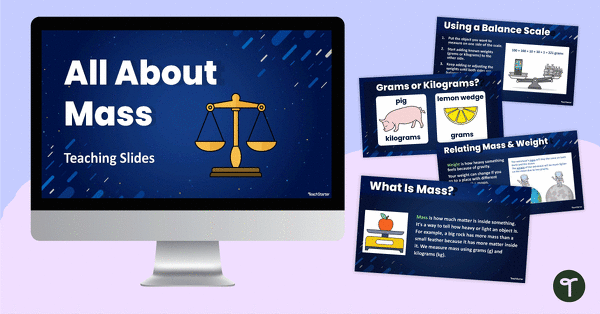
All About Mass Teaching Slides
Learn all about mass using this engaging set of teaching slides.
- Plus Plan
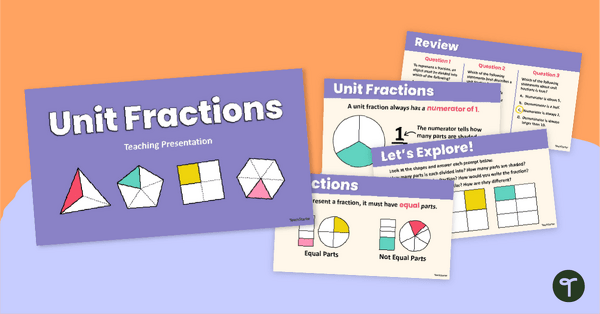
Unit Fraction Teaching Slides
Teach your students all there is to know about unit fractions using this detailed set of teaching slides.